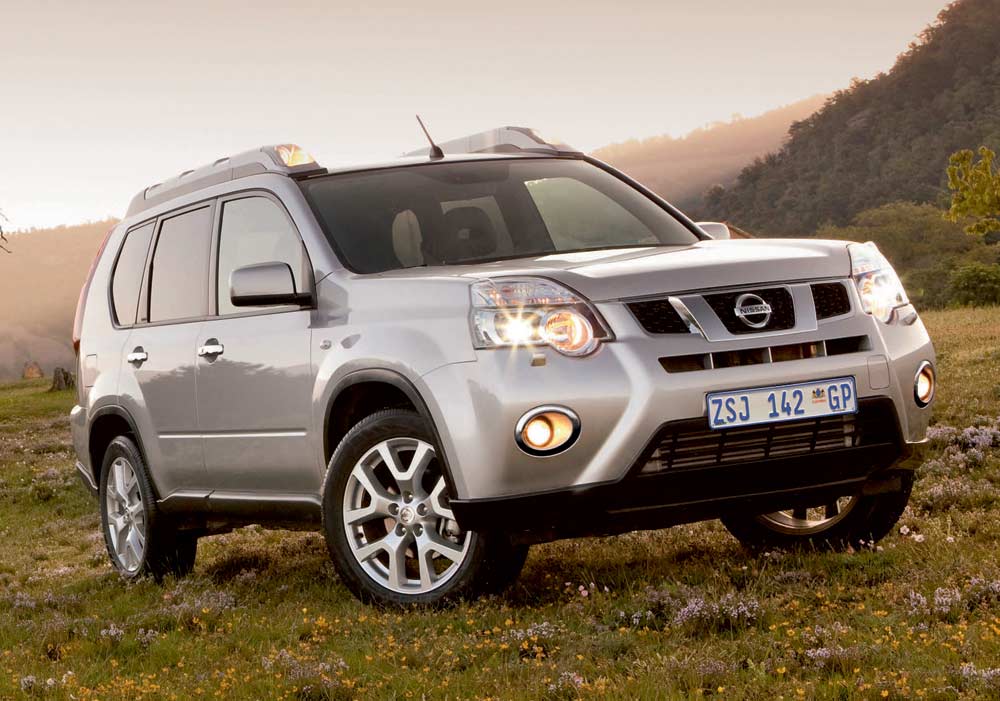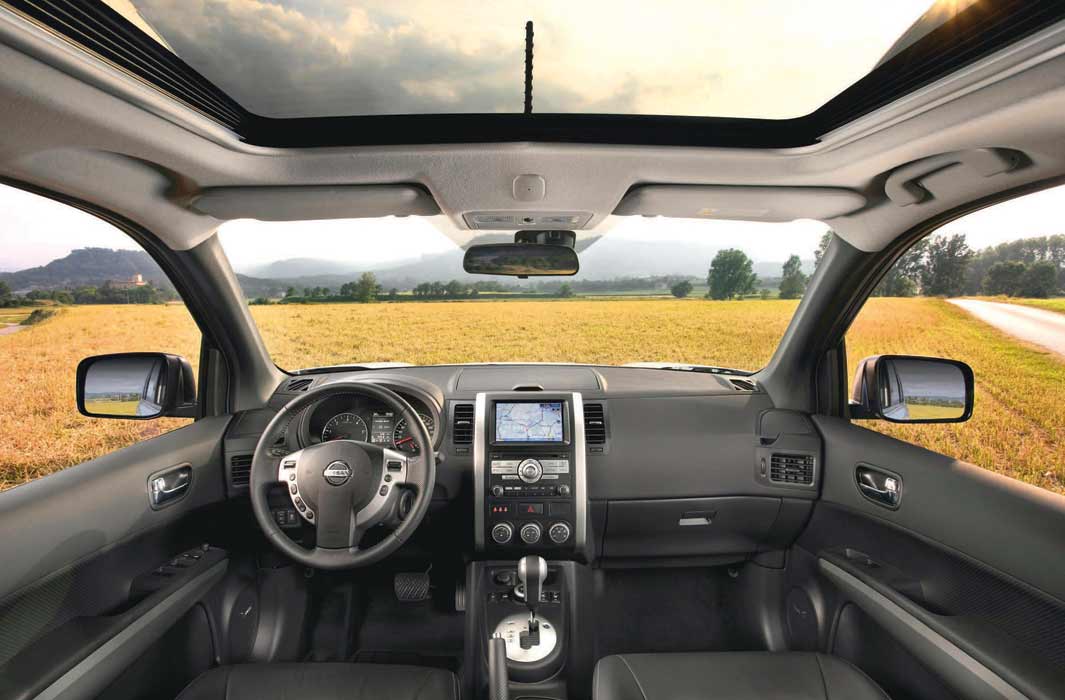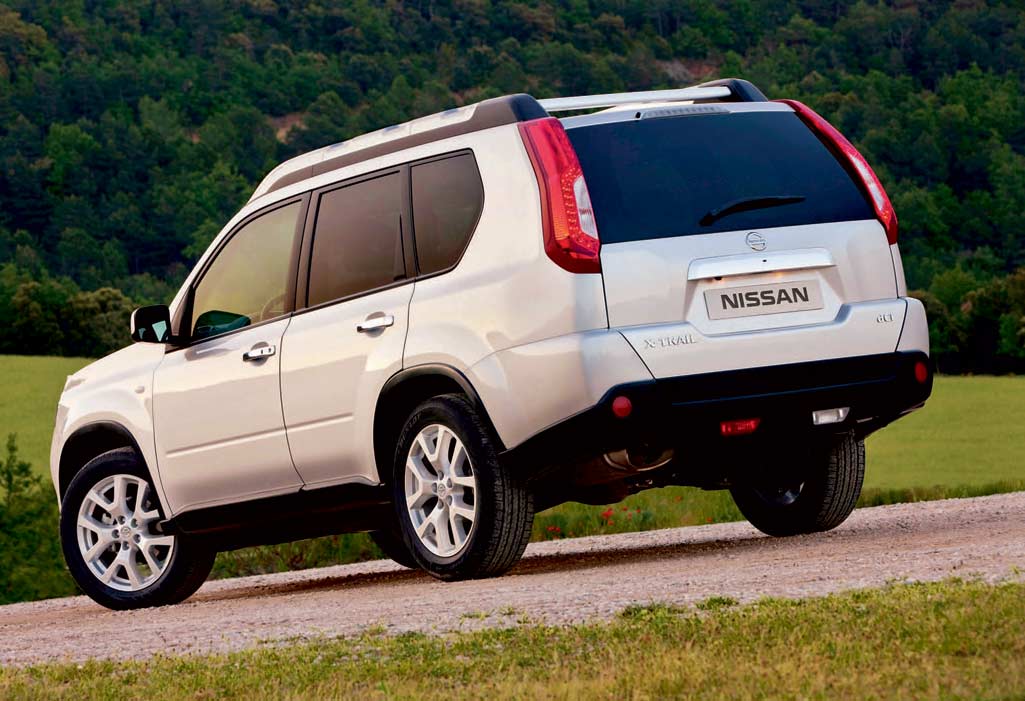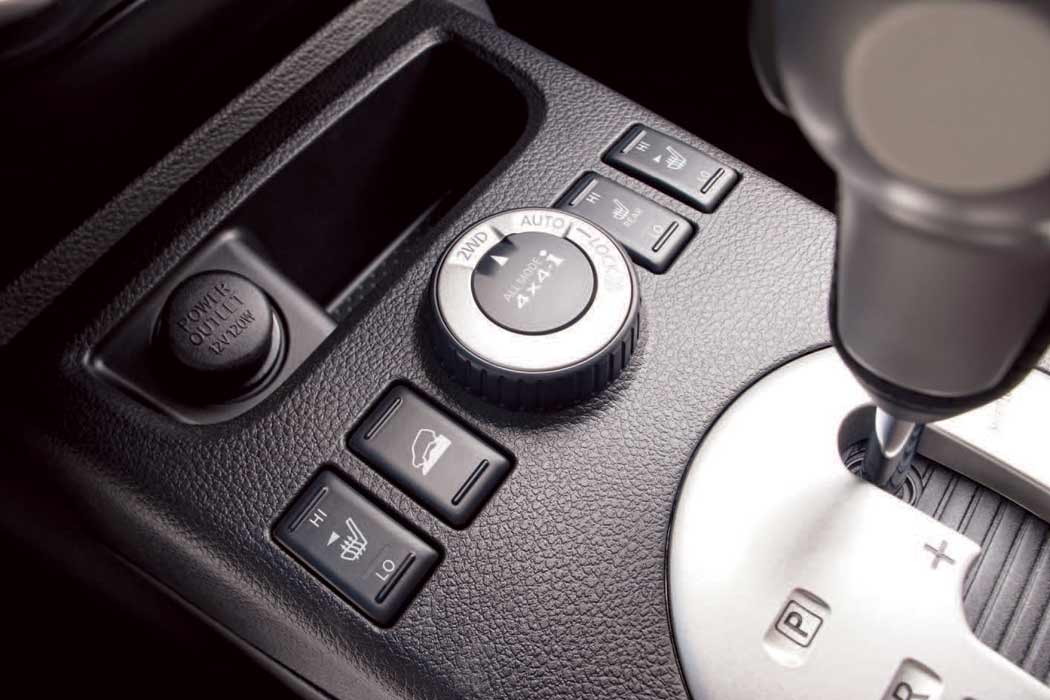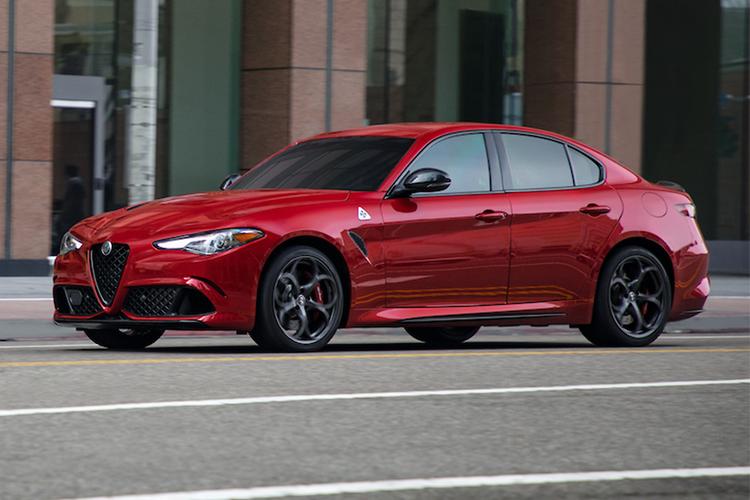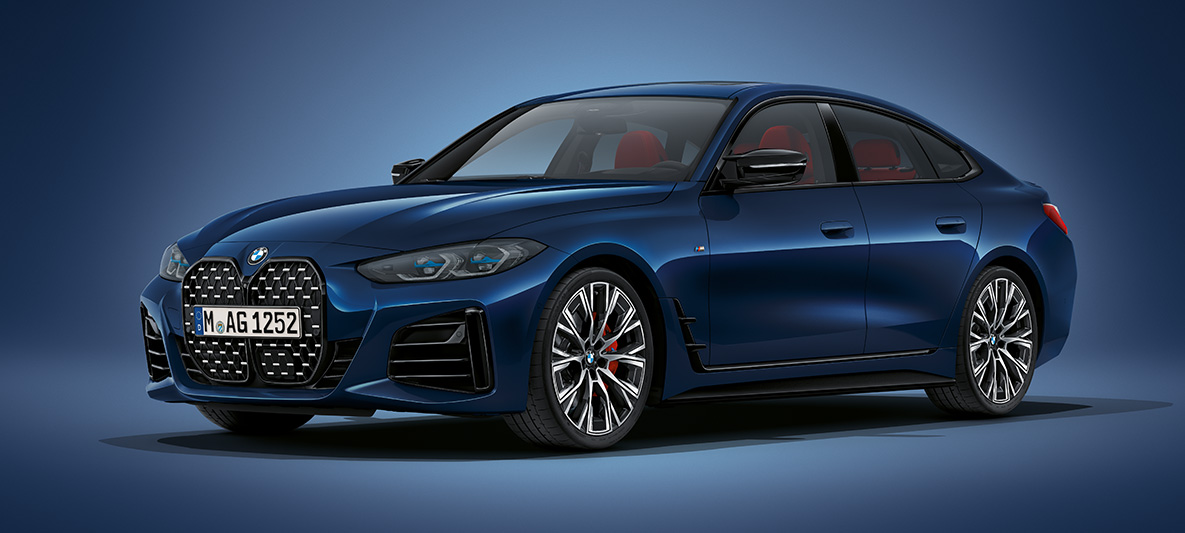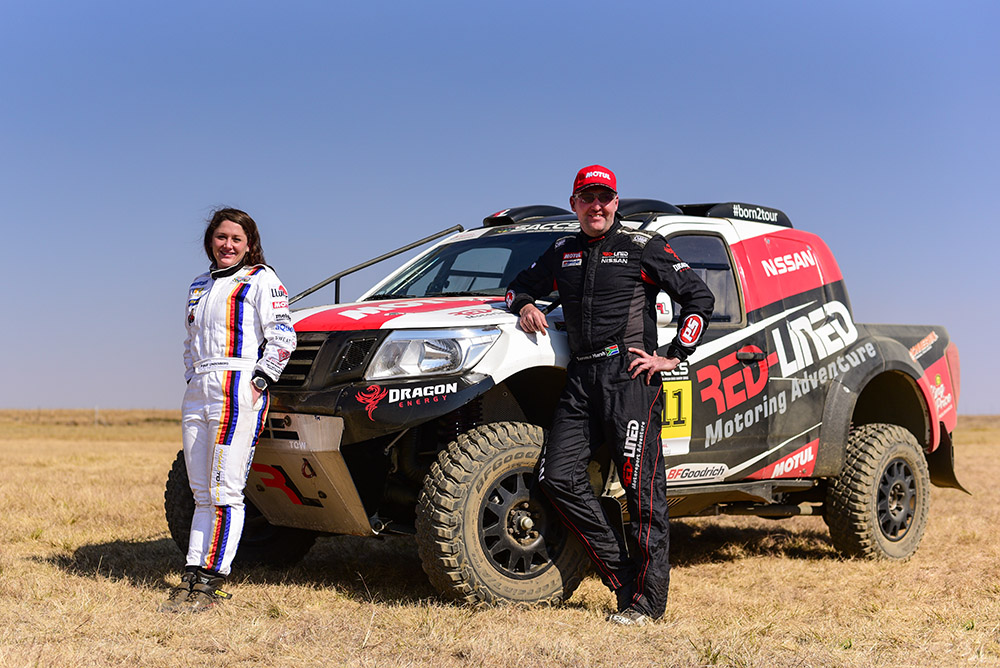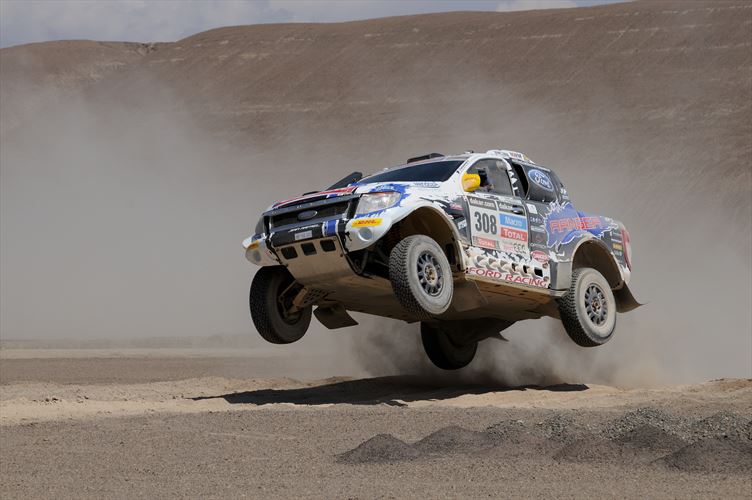Text: GG van Rooyen
Most compact SUVs are pretty soft. Sure, some of them have four-wheel-drive systems, but they’re not really intended for off-road use. They boast the attractive styling of an SUV, but they’ve been set up to do their best work on tarred surfaces. And that’s absolutely fine, because their owners rarely venture into the bundu.
But what about potential buyers looking for an affordable compact 4×4 that performs equally well on congested city streets and isolated off-road tracks?
Enter the X-Trail. Nissan’s small SUV is one of the few compact 4x4s able to venture off road. At the same time, however, it’s also a pretty competent transporter around town. Its size makes it easy to park and manoeuvre through traffic, and it boasts all the creature comforts one could ask for.
For 2011, Nissan has decided to stick to this tried and trusted formula. You won’t find any massive changes on the latest X-Trail, but it has been tweaked and refined to create a better overall package.
The most obvious changes have been made at the front. There’s a new bumper that sports the Nissan family grille and new headlight housings. The LE and SE models get a chromed headlamp backing, while the entry-level XE features a black headlight housing.
You’ll also notice that the wheels have been changed. The XE and SE models move up from 16-inch to 17-inch wheels, while the top-end LE version now boasts 18-inch rims. Thankfully, however, performance on dirt and gravel should remain relatively unchanged because the tyres have increased in size from 215 to 225. In order to accommodate this setup, the wheel arches have also been enlarged slightly.
At the rear, you won’t find too many changes, but the lights have received an upgrade. The X-Trail now has LED tail-light clusters that use less energy and increase visibility.
The cabin is a little roomier and a bit more comfortable. There’s 10mm of extra legroom at the back and the upholstery is plusher.
The most substantial changes, though, have been made to the driver console. Firstly, the instrument clusters have been overhauled. They now incorporate a new trip computer that offers all sorts of useful information, and they are clearer and more legible. Secondly, the LE model has received a reverse camera with a 3,3-inch QVGA display in the rear-view mirror. The SE model gets automatic headlights, rain-sensing windscreen wipers and Bluetooth communications with control buttons mounted on the multifunction steering wheel, which also houses controls for the entertainment system and cruise control functions.
If you plan on taking the X-Trail to your favourite adventure destination, you’ll be pleased to discover that its 4×4 ability has been improved with the inclusion of an advanced Hill Descent Control (AHDC) system that allows the driver to specify the rate of descent, and a Hill Start Assist (HSA) system that prevents rollback on inclines. Combined with 203mm of ground clearance and Nissan’s 4×4-I drivetrain, this results in pretty robust 4×4 capability. There’s still no diff lock (the X-Trail has a limited slip differential), though, so stay away from serious off-road courses.
The design of the X-Trail hasn’t been revolutionised. The new model looks similar to the old one and sports exactly the same powertrain. But the changes that have been made are very welcome, because they improve on a package that was very solid to begin with.
The X-Trail is well priced – in fact, it is one of the most affordable compact 4x4s on the market at the moment – so if you consider everything it offers, you won’t be able to find much fault with it.
Evolution might be a slow process that lacks drama and excitement, but it is effective. The new X-Trail is proof of that.
